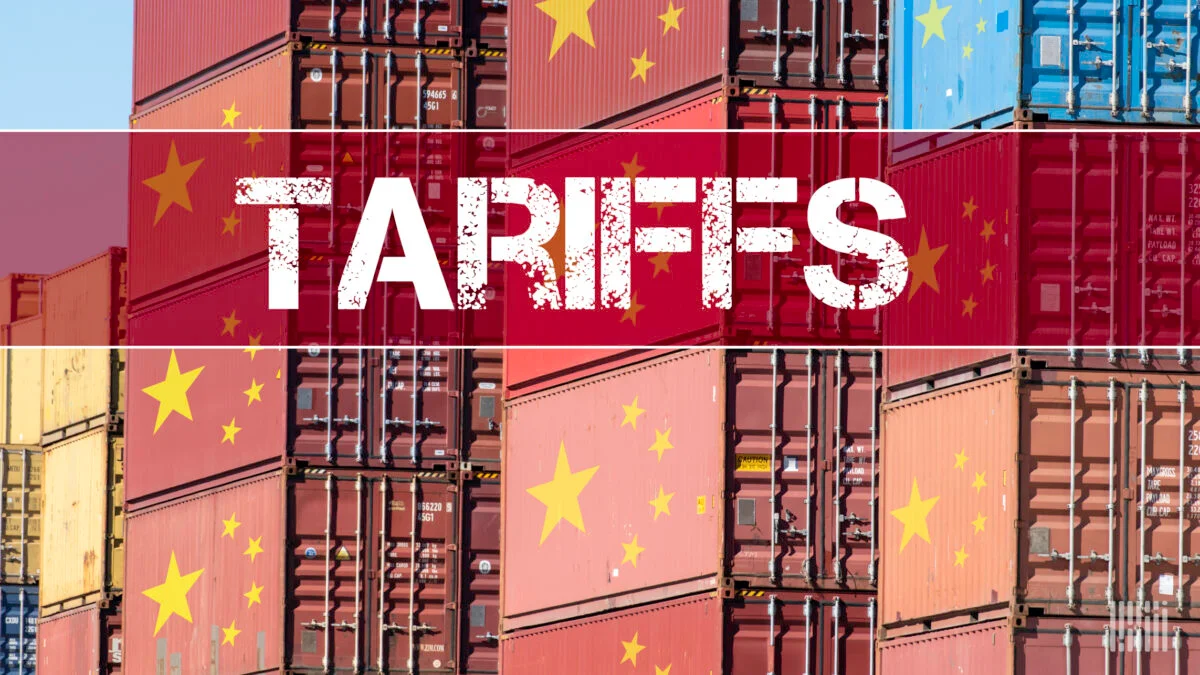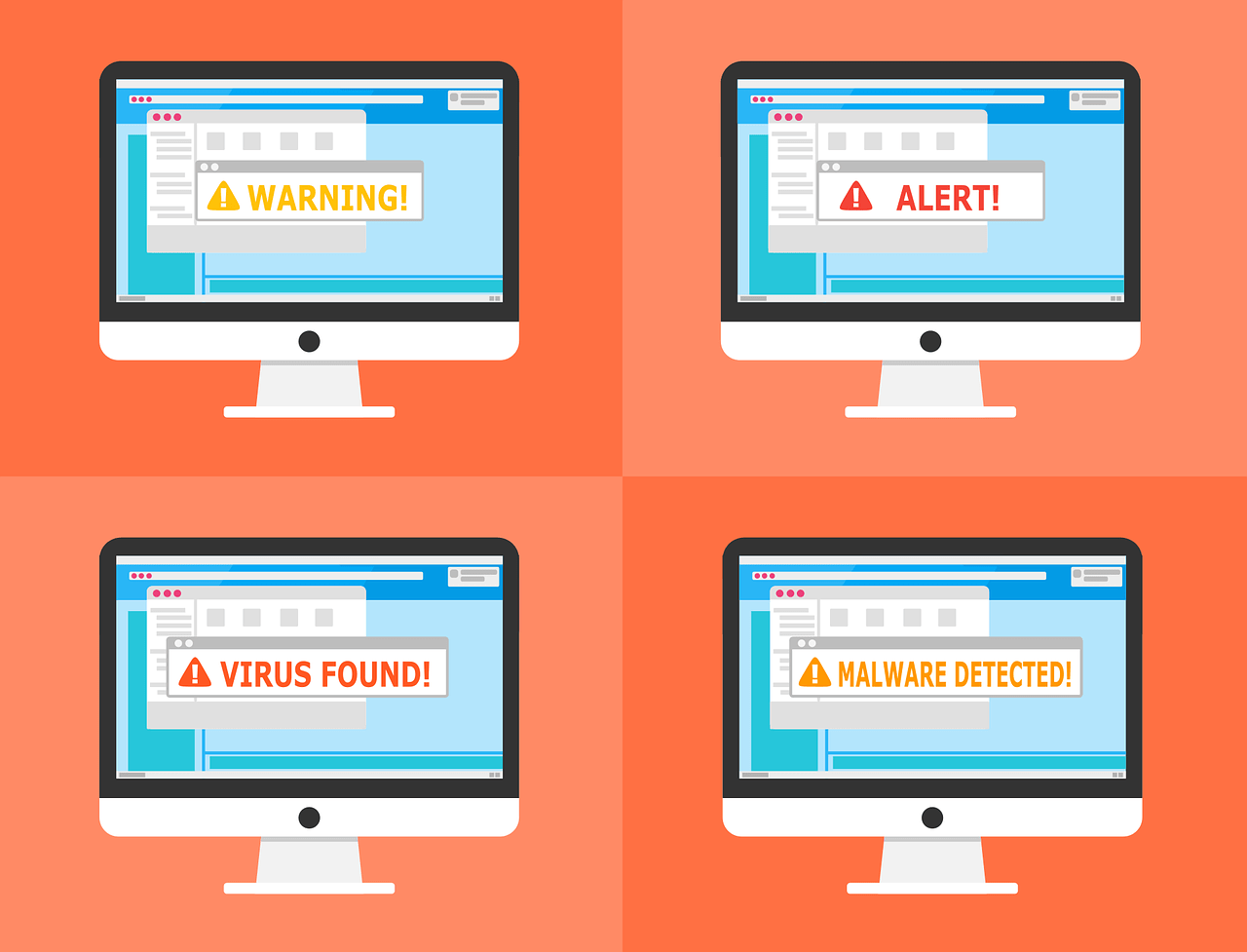Small and medium-sized businesses (SMBs) often rely on third-party vendors for essential services, such as SaaS tools, cloud storage, and marketing platforms. While these partnerships can improve efficiency and cut costs, they also introduce cybersecurity risks. Vendors may have vulnerabilities that malicious actors exploit, compromising your data and systems. SMBs, unfortunately, are often the weak link because vendor vetting is rarely a priority.
This guide provides a practical checklist for assessing third-party vendor risks and includes a vendor security policy template. Let’s keep it simple, clear, and actionable.
Third-Party Vendor Risk Assessment Checklist
1. Understand Vendor Access Scope
- What data will the vendor access? (e.g., customer data, financial data, employee data)
- What systems or networks will they interact with?
- Is their access temporary or ongoing?
Example: A cloud storage vendor might access your customer data backups. Ensure their access is limited to necessary folders and data.
2. Evaluate Vendor Security Policies
- Does the vendor have a formal cybersecurity policy?
- Are they ISO 27001 or SOC 2 certified?
- Do they conduct regular third-party security audits?
Example: A marketing platform vendor should provide their SOC 2 Type II compliance report, demonstrating adherence to security standards.
3. Review Data Protection and Privacy Measures
- How does the vendor handle encryption for data at rest and in transit?
- Are they compliant with GDPR, CCPA, or other relevant data privacy regulations?
- Do they have a clear data retention and deletion policy?
Example: If using a CRM system, confirm that customer data is encrypted both in transit (e.g., TLS 1.2 or higher) and at rest.
4. Check Incident Response Plans
- Does the vendor have an incident response plan?
- How quickly will they notify you in case of a breach?
- Who is the point of contact during a security incident?
Example: A vendor should commit to notifying you within 24 hours if a breach occurs.
5. Assess Vendor Access Controls
- Do they use multi-factor authentication (MFA)?
- Is access restricted based on roles (Role-Based Access Control – RBAC)?
- Are login activities monitored and logged?
Example: For an accounting software vendor, ensure admin access is protected with MFA and restricted to authorized personnel.
6. Investigate Vendor Personnel Practices
- Are background checks performed on employees with data access?
- Do employees receive cybersecurity training?
Example: Vendors handling payroll data should ensure employees with access are background-checked and regularly trained.
7. Ensure Compliance with Your Standards
- Does their security posture meet your internal cybersecurity policies?
- Can they provide documentation or reports on recent security assessments?
Example: Require quarterly reports from a financial SaaS vendor showing compliance with your internal security standards.
8. Review Business Continuity and Disaster Recovery Plans
- How do they ensure service uptime?
- Do they have data backups?
- What happens if their service is disrupted?
Example: Confirm that a file-sharing vendor can restore your data within 24 hours in case of an outage.
9. Legal and Contractual Safeguards
- Is there a clear Service Level Agreement (SLA) regarding security?
- Who is liable in case of a data breach?
- Are there termination clauses for security non-compliance?
Example: Ensure your vendor agreement includes financial penalties for security breaches caused by vendor negligence.
10. Ongoing Monitoring and Audits
- Will the vendor provide periodic security assessments?
- Is there a process for ongoing vendor performance reviews?
Example: Set annual security audit reviews with your payment processing vendor.
Vendor Security Policy Template
Below is a basic vendor security policy template you can adapt to your SMB’s needs:
Vendor Security Policy
1. Purpose
This policy ensures that all third-party vendors meet our cybersecurity standards before and during their engagement with our company.
2. Scope
This policy applies to all vendors, contractors, and third-party service providers who access our data, systems, or networks.
3. Security Requirements
- Vendors must implement industry-standard encryption practices.
- Multi-factor authentication (MFA) is required for all access.
- Vendors must follow data protection regulations (e.g., GDPR, CCPA).
- Vendors must have a documented incident response plan.
4. Vendor Assessments
- Initial security risk assessment before onboarding.
- Annual security reviews for critical vendors.
- Immediate reassessment after any security incident.
5. Incident Management
- Vendors must notify [Company Name] of any security breach within 24 hours.
- A post-incident report must be provided within 7 days.
6. Termination Clause
- Failure to comply with security requirements may result in termination of the contract.
7. Review and Updates
This policy will be reviewed annually and updated as necessary.
Approval:
[Signature]
[Name, Title]
[Date]
Implementing the Checklist and Policy
- Share the checklist with your team responsible for vendor management.
- Require vendors to complete a cybersecurity questionnaire.
- Include vendor security requirements in all contracts.
- Schedule periodic vendor reviews and audits.
Example Cybersecurity Questionnaire for Vendors
1. Do you have an incident response plan?
2. Are you SOC 2 or ISO 27001 certified?
3. How do you encrypt sensitive data?
4. How do you ensure compliance with GDPR/CCPA?
5. Do you use MFA for system access?
6. What is your disaster recovery plan?
7. Have you had any security breaches in the past 12 months?Why This Matters for SMBs
A breach caused by a vendor can damage your reputation, result in regulatory fines, and disrupt operations. SMBs are often seen as easier targets because they may not have the resources for extensive vetting.
By using this checklist and policy, you create a repeatable process for vendor security management. Yes, it’s a bit of work upfront, but it’s far less painful than explaining to your customers why their data was leaked.
Next Steps
- Customize the policy template.
- Apply the checklist to your current vendors.
- Educate your team on vendor risk management.
Cybersecurity isn’t just a big-business problem. SMBs are prime targets, and third-party vendors are often the unlocked side door. Lock it up with a solid vendor security strategy.
Justyna Flisk
Justyna Flisk, Senior Editor at Decoded.cc, combines her expertise as a Senior Software Engineer and AI R&D Manager to deliver sharp, forward-thinking content on technology and artificial intelligence. With a passion for innovation, Justyna bridges the gap between technical depth and clear storytelling, ensuring readers stay ahead in the fast-evolving AI landscape.








Leave a Reply